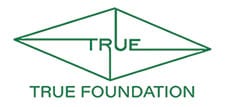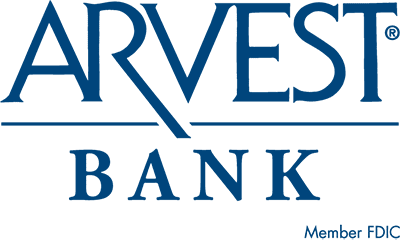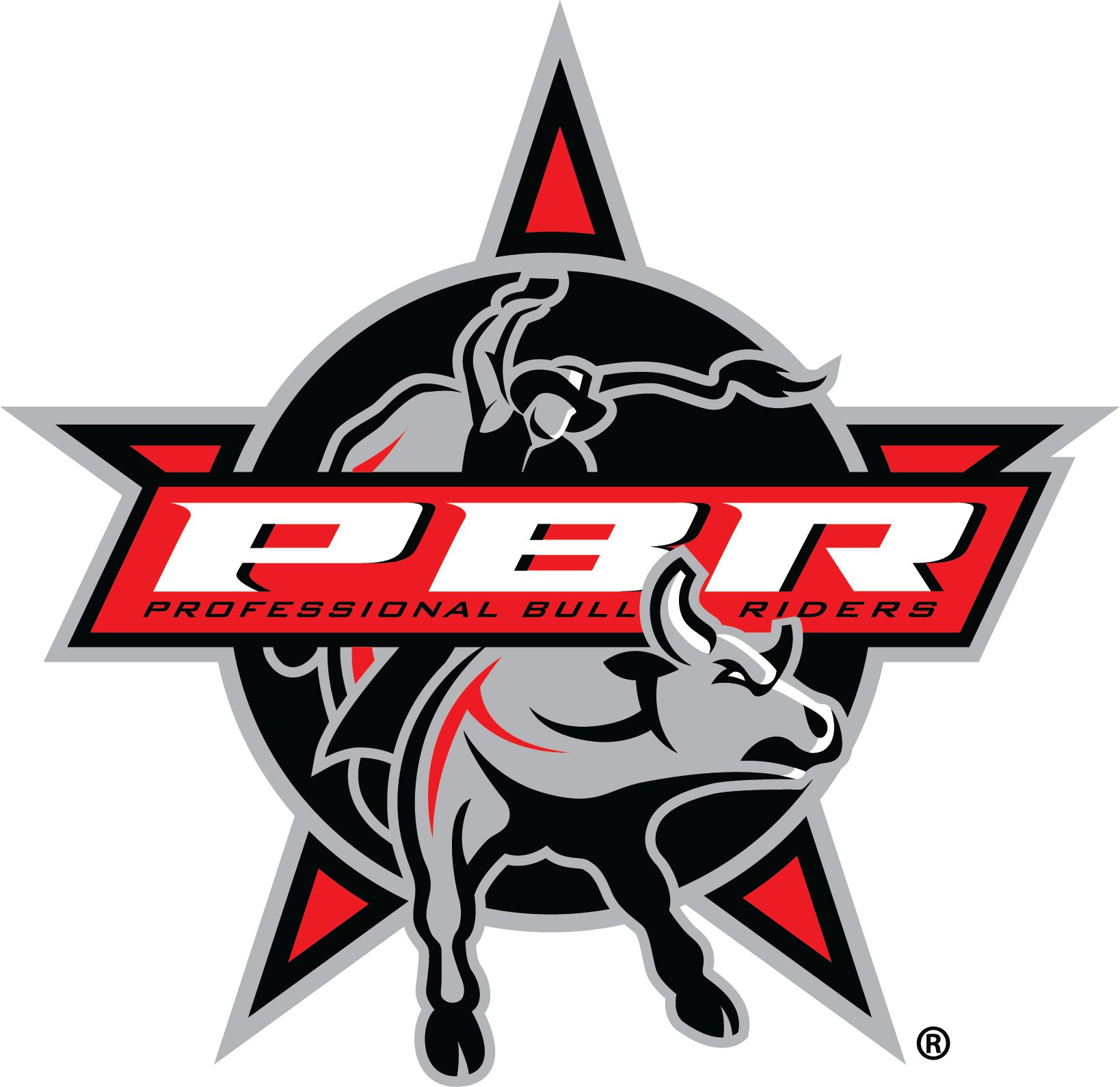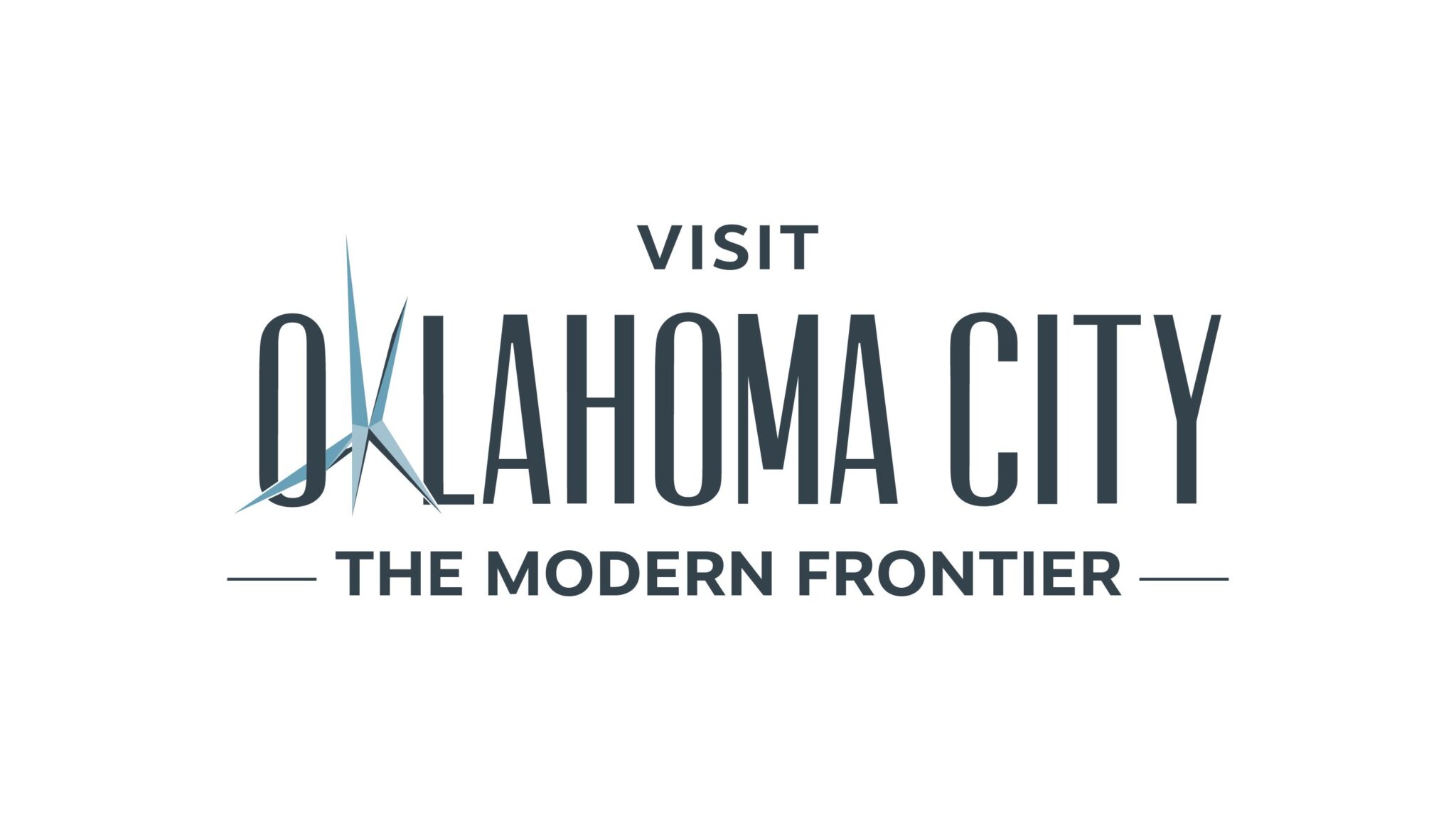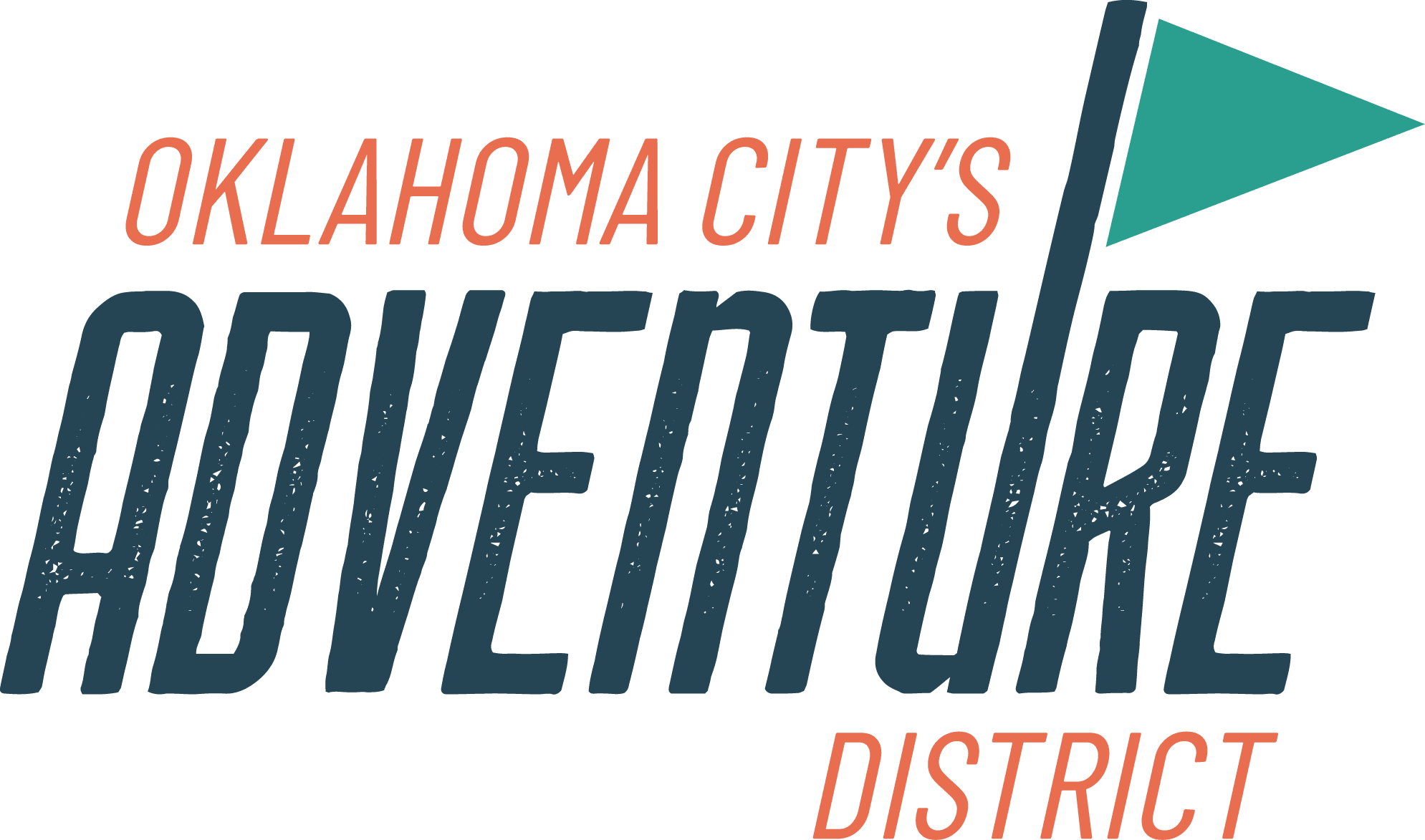Howdy, y’all, our annual Chuck Wagon Festival is quickly approaching! Join us on May 27 & 28 for a fun-filled weekend.
I wanted to share a little bit of chuck wagon history with you as we prepare to have fun!
Michael Grauer, McCasland Chair of Cowboy Culture/Curator of Cowboy Collections and Western Art gave us some valuable information about chuck wagons – so, let’s get started.
1. Drovers were typically young men.
Drovers ranged in age but were commonly anywhere from 15 to 25 years old. They loved sweet foods, but they weren’t readily available on their trips so when they would get to a town, they’d head straight to the store to buy canned peaches. They’d eat those peaches til they were sick…
That myth you might have heard about drovers heading straight to the saloon – well, it just isn’t true.
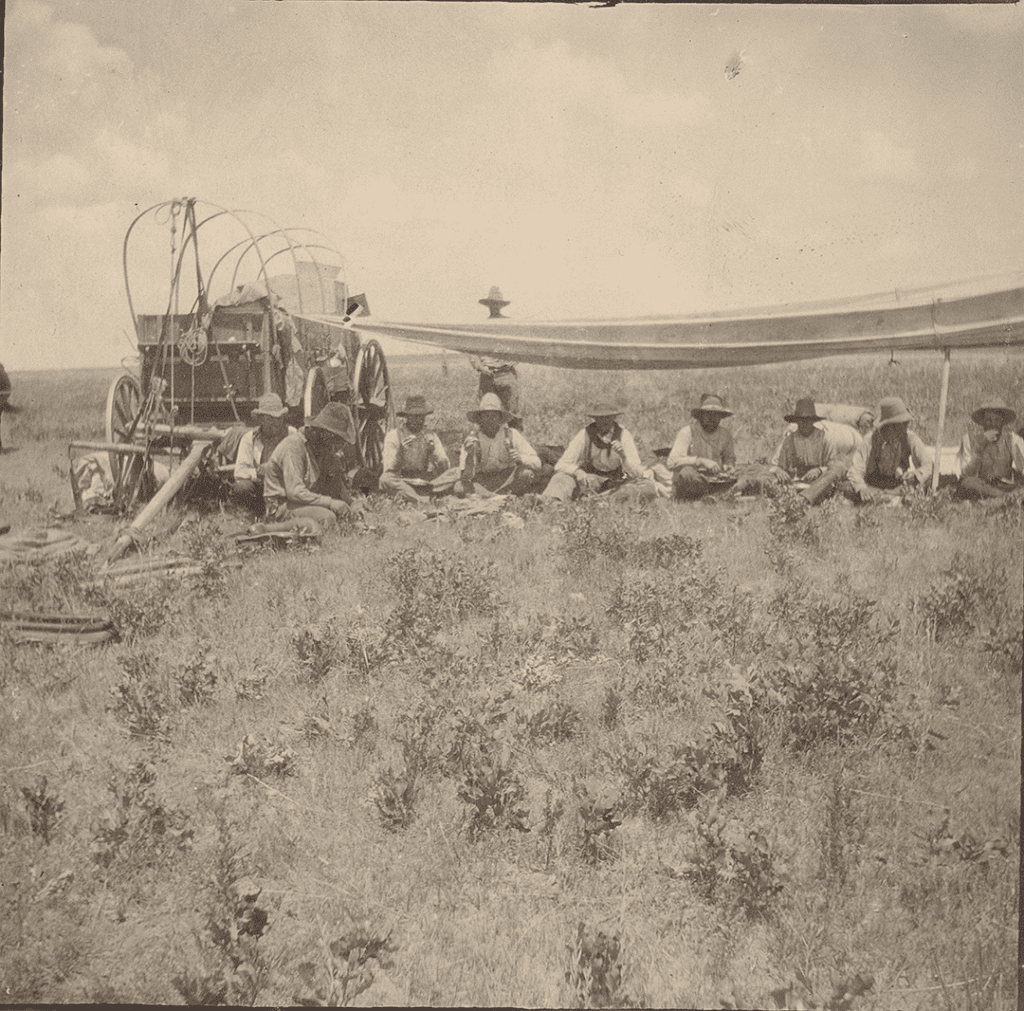
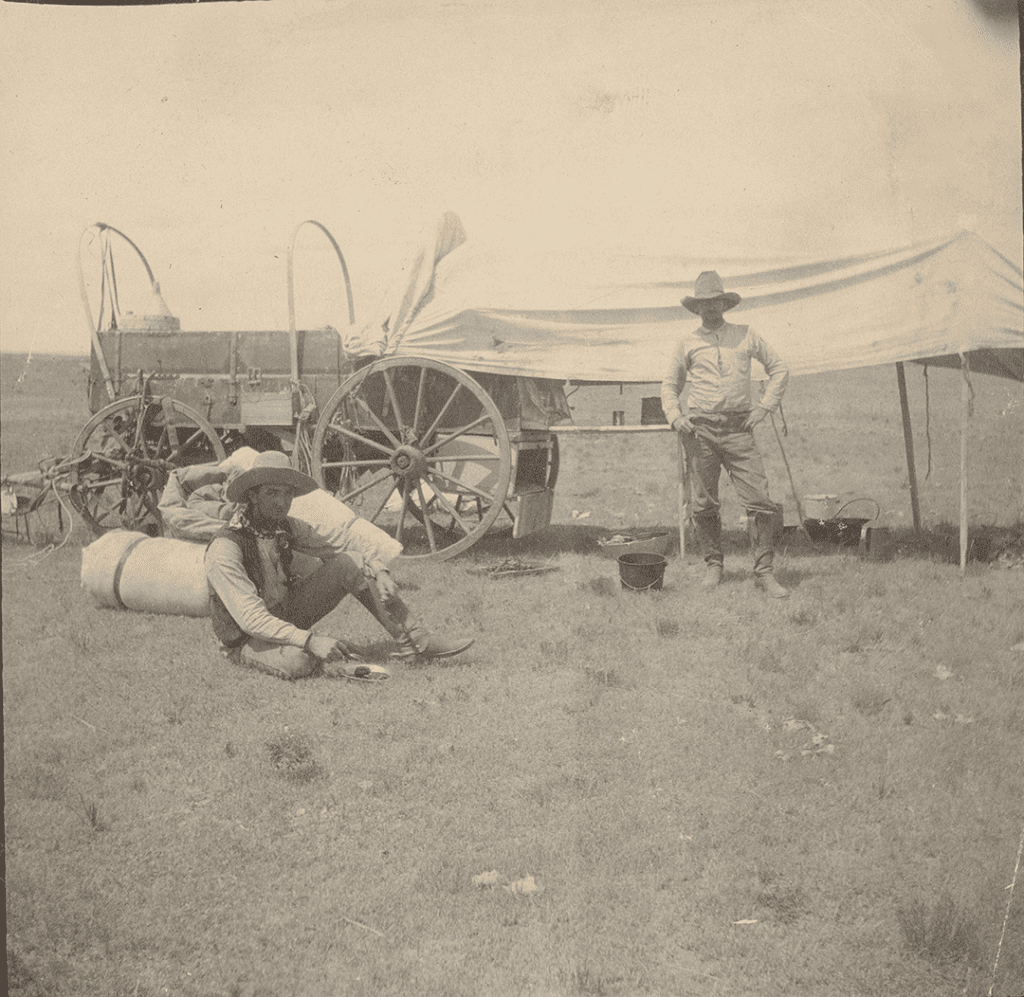
2. Canned tomatoes were a staple in their diet.
Speaking of food, vegetables usually came in cans that were called “air tights.” Tomatoes were a favorite among the drovers. I mean… I like canned tomatoes in dishes, but I don’t know if I could eat them alone…
Canned tomatoes contained sugar which would have made them sweet and the acidity also helped to counter the gypsum-filled water that most rivers contained.
3. Beef was stored in the bottom of the chuck wagon.
You’d never guess what the most readily available source of protein on a drive was… Did you guess beef? You’re right!
Cuts of meat were laid along the bottom of a chuckwagon because it was the coolest place. They would place their bedrolls on top of the cuts which helped act as an insulator. Think of it like a big lunch pail.
The only downside? Your bedroll wound up smelling a little bit beefy.
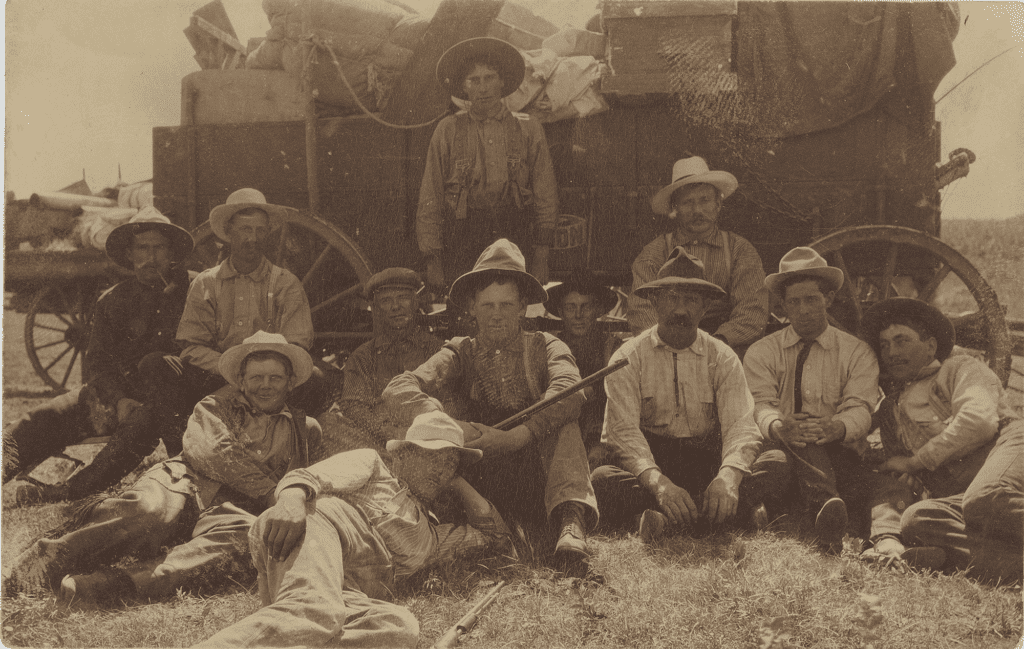
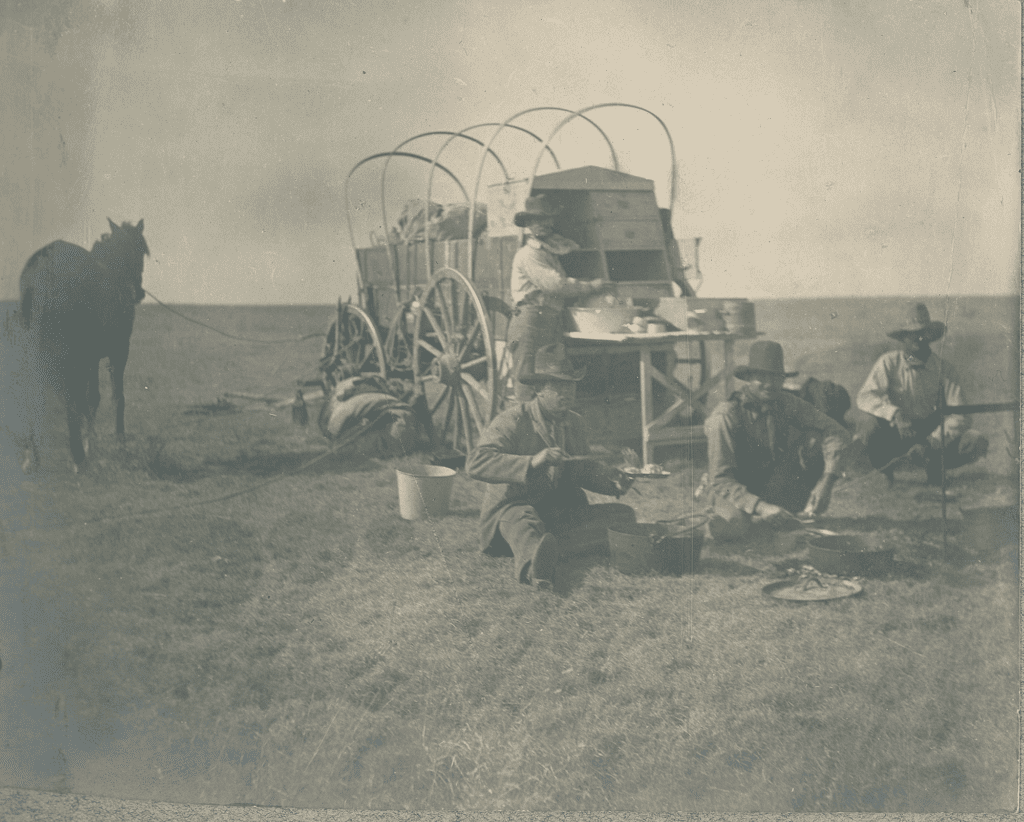
4. Fried chicken was often the meal of choice when they got to town.
Drovers ate a lot of beef while moving cattle up the trails for months. When they got to the end of the trail, they most likely didn’t really want another steak.
Often, they’d go order some fried chicken! Many of the drovers were southerners.
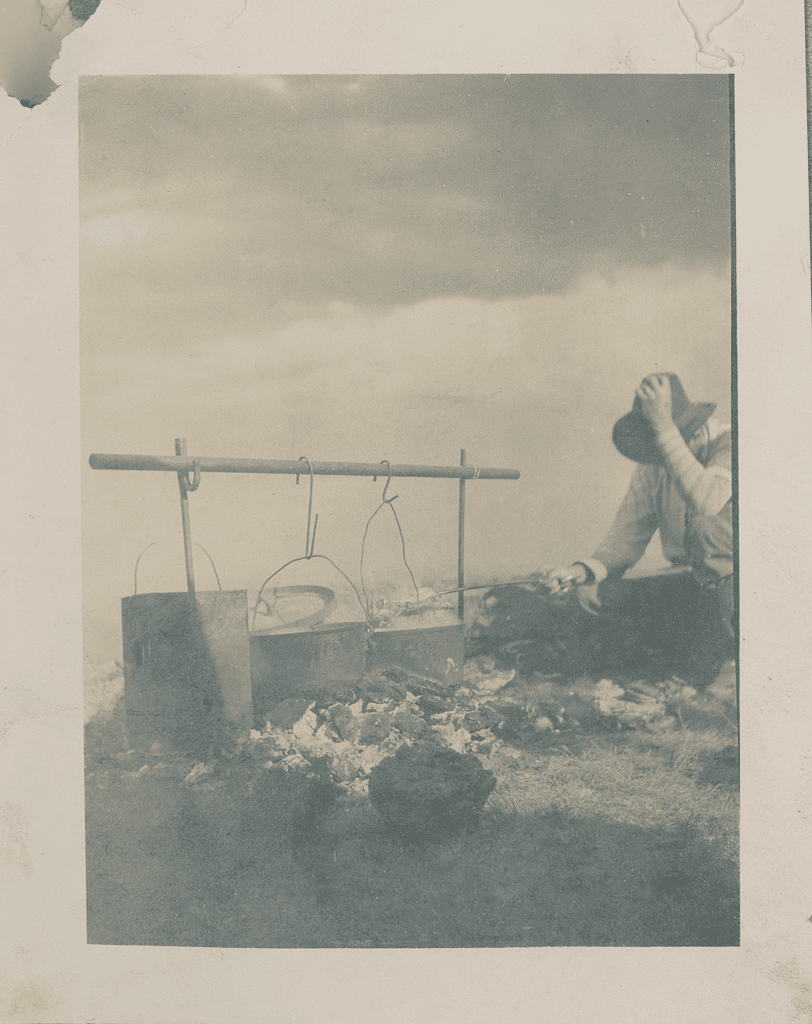
5. Cooks were considered the most important person on a cattle drive.
Drovers worked longgggg hours from “can see to can’t.” They relied on their chuck wagon cook to keep them fed. The cook would prepare a small breakfast which was eaten from 4-5 a.m. This usually consisted of lard or bacon, a cold biscuit and some coffee to wash it all down.
Then the cook and their assistant would pack up everything and move forward ahead of the herd. They’d stake a good spot and start preparing the largest meal of the drover’s day, dinner (most commonly called lunch today).
The drovers would eat their meal and then take a siesta. Meanwhile, the cook and their assistant would repeat the process of packing things up and moving ahead of the herd. They’d stake a spot and cook supper, which was a smaller meal.
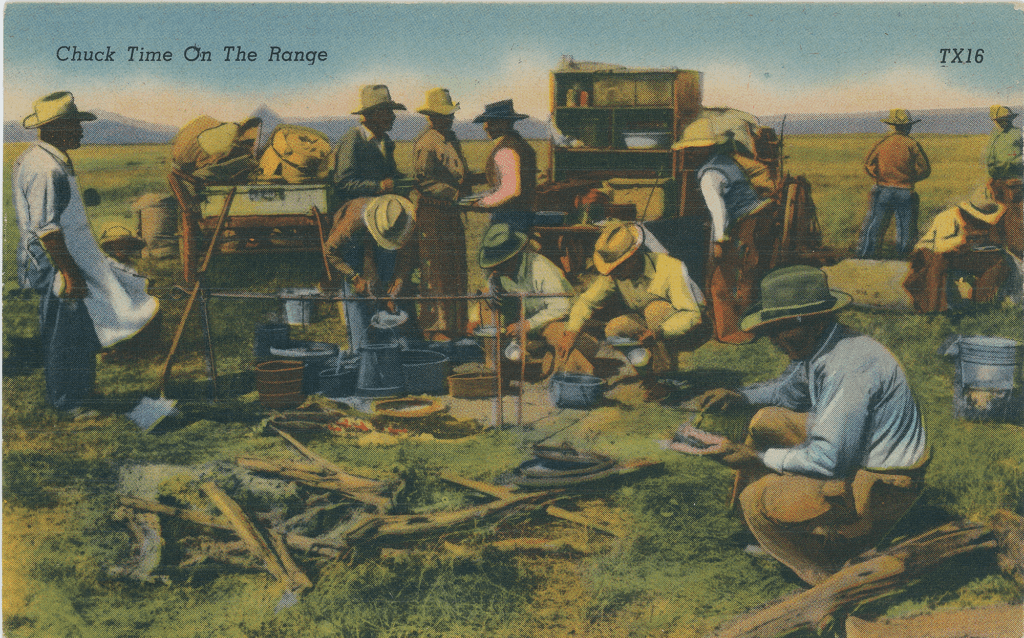
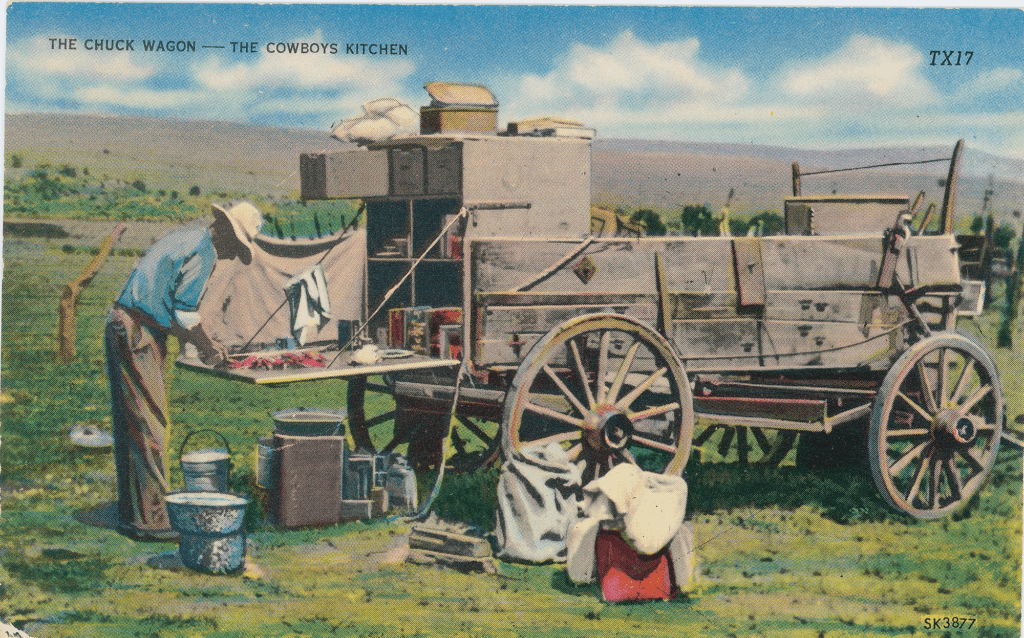
Concluding Thoughts
I enjoyed learning more about chuck wagon history. I hope you’ll join us on May 27 & 28 for our Annual Chuck Wagon Festival to learn even more!
This fun-filled weekend will showcase food samples, artisan demonstrations, live music, Western re-enactors and more. You don’t want to miss this!
Click HERE to purchase your tickets today.
Museum members can attend both days for FREE!
Interested in learning more about chuck wagons or cattle trails in the American West? Check out these books from Persimmon Hill!
Wayne Gard. The Chisholm Trail.
Gary and Margaret Kraisinger. The Western Cattle Trail 1874-1897: Its Rise, Collapse, and Revival.
Jennifer Coleman. Come ‘N Git It! Cookie and His Cowboy Chuck Wagon.
B. Byron Price. The Chuck Wagon Cookbook.
Vernon Winterton. Dutch Oven Camp Cooking.
Vernon Winterton. 101 Things To Do With a Dutch Oven.
Debbie Hair. Dutch Oven Breakfasts.
Sources
Images
DRC, Late 19th century Texas Ranching Photographs, 1995.039.33F.
DRC, Late 19th century Texas Ranching Photographs, 1995.039.34C.
DRC, Photographic Study Collection, 2004.182.
DRC, Late 19th century Texas Ranching Photographs, 1995.039.54B.
DRC, Late 19th century Texas Ranching Photographs, 1995.039.39A.
DRC, Photographic Study Collection, 2003.029.
DRC, Photographic Study Collection, 2003.254.05.
DRC, Photographic Study Collection, 2003.258.
